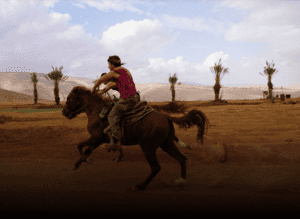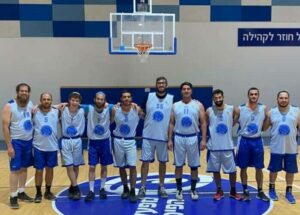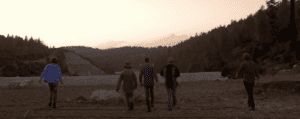“My father woke me up in the middle of the night…..he didn’t want me to miss the excitement.”
For Moriah Shapiro, the night the clay jars from 3000 years ago were uncovered in Shiloh is a moment she will never forget. “I was about 4 then and I was fast asleep in my bed on a Thursday night at the end of the summer. My father woke me, shaking with excitement and told me,
“Moriah, you have to come with me now. You can’t miss this!”
Still half asleep, I accompanied him to the edge of the city where groups of delighted people stood around pointing and exclaiming about their discovery: They had located the ‘sturgools’ (collarneck clay jars) of the Tabernacle. My father wanted me to be there the moment they found the ancient artifacts used 3000 years ago by my forefathers.
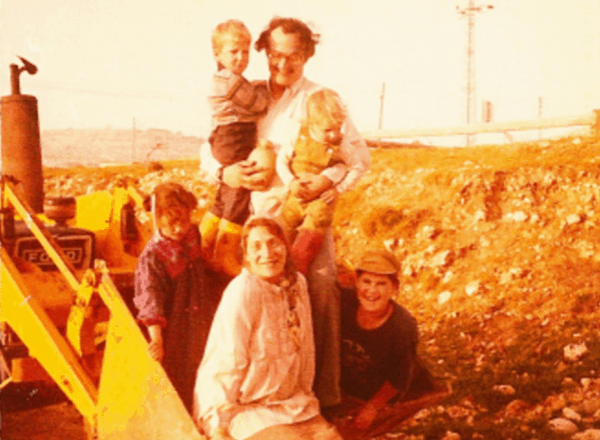
Moriah has lived almost her whole life in Shiloh. Her father, Era, was part of the original group that settled in Shiloh and Moriah was the first of 7 siblings. She attended local schools and grew up surrounded by the hills and valleys of Samaria. She was very much involved in everything that was happening around her and spent much of her free time cultivating the vineyards around Shiloh with her father, learning about the Biblical history of Ancient Shiloh and absorbing its religious significance and connection to the Bible and to the Land of Israel. This love of Ancient Shiloh is fully evident during the tours she provides to the 150,000 annual visitors, who are mostly Christian tourists.
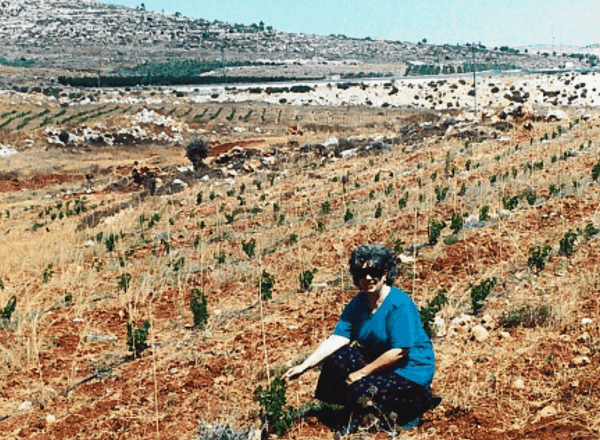
How do you explain the importance of Shiloh to your visitors?
“I decided years ago that the best way to acquaint people with Shiloh was to talk about my childhood. Shiloh was a barren area before we came. It was totally empty aside from a few ancient buildings. My father and his friends had a dream to discover Ancient Shiloh but before they could dig, they had to find the exact placement of the city, so they looked for signs.” In the book of Judges, there is a very detailed description of Shiloh’s location. They searched old maps and asked local Arabs for a site with a similar sounding name. The Arabs referred to the area as “Seilun” or in Arabic “Chirbat Seilun” which sounded very much like Shiloh.
Groups from Denmark had lived in the area hundreds of years back and had concluded that this was indeed Ancient Shiloh of the Middle Ages. With adequate evidence in hand, the group – consisting of 8 families and some single yeshiva boys (from Yeshiva Shiloh) – moved in and began building. Era, his wife Orit and Moriah joined them soon after.
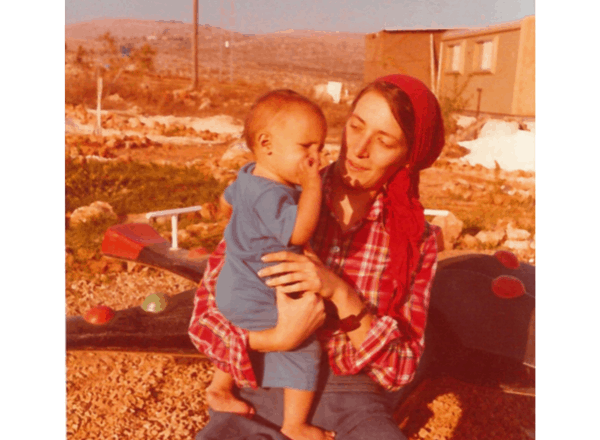
The first ‘settlers’ lived in caravans. Moriah was told by her mother that they occupied a caravan which had two unconnected sections. Moriah slept in one area and her parents slept in the other. If she cried, her mother went out of one caravan and into the other. There was no electricity. The water was stored in tanks and was recycled for other uses.
Menachem Begin was Prime Minister at the time and although he was very much in favor of uncovering anything that had to do with Israel’s historical presence and the expansion of Israel, he was under pressure from President Reagan not to build new settlements. By explaining that Shiloh was an ancient city and that they were there to conduct archeological digs, they were allowed to move ahead with the excavations. Slowly more and more people moved in and Shiloh assumed a valid place in the history of the country.
“And the whole community of Israel assembled themselves together at Shiloh, and set up the Tabernacle there. The Tabernacle remained in Shiloh … for a period of approximately 400 years.” (Joshua 18:1)
In 1980 a group of Israeli archeologists were brought over by Israel Finkelstein, a Professor of Archeology at Tel Aviv University and they began digging at the edge of the city. Almost immediately, they found several rooms filled with huge clay jars, which had never been found in Israel. The vessels had a specific shape, a clear indication that Jewish people had lived here in the time of the Judges as these types of jars were used for storing wine during that period only. By the end of the dig, they had uncovered 30 such jars in two small rooms. These are the jars her father had woken her up to see when she was just 4 years old.
They also found a unique jar with 12 handles whose purpose is still unknown but it is assumed it was used for special ceremonies and that perhaps the 12 handles represented Israel’s 12 tribes.
In one of the jars they found burnt raisins and remnants of ashes. Advanced carbon dating revealed that the raisins/grapes belonged to the period between 1000-1030 BC which is exactly the time the city of Shiloh was burnt and the Tabernacle taken by the Philistines. Archeologists concluded at the time that the jugs stored the olive oil and wine that people brought as donations to the Tabernacle.
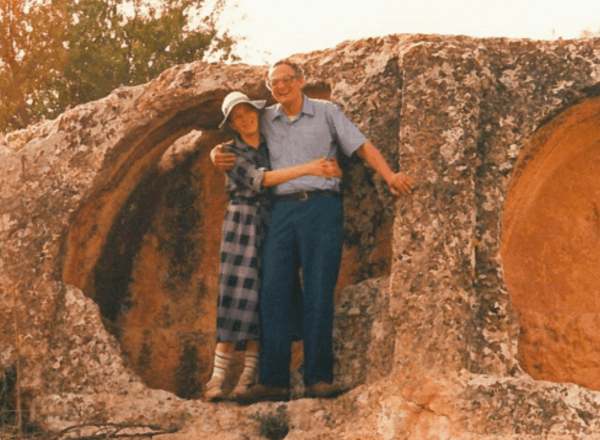
What other evidence was found that confirms the location of Shiloh?
“When my father was the Mayor of Shiloh the residents wanted to build a new neighborhood. They walked around the hills with the archeologists to make sure they wouldn’t destroy anything historical in the building process. They found broken ceramic pieces on some hills and on other hills they found nothing. When the Rabbi of Shiloh was shown their findings it was obvious to him that this was indeed the location where the Tabernacle had stood.”
It is written in the Talmud that bringing sacrifices in Shiloh and in Jerusalem differed in several ways. People bringing sacrifices to Jerusalem were allowed to consume them only within the city walls. In Shiloh they were allowed to eat it anywhere that you can still see the Tabernacle. After they ate the sacrifices in Shiloh the dishes are considered holy and had to be broken. That is why, thousands of years later we find shards of dirty dishes that our forefathers left all over the hills.
Archeological digs continue in Shiloh; most of the city has not been touched yet. Two years ago, a group began looking for the ancient gate to the city and were digging in different locations. Despite not finding the gates, they did uncover another storage room from the time of the Tabernacle filled with additional jars lined up along the walls.
“This was especially exciting because two of my children were part of the discovery.”
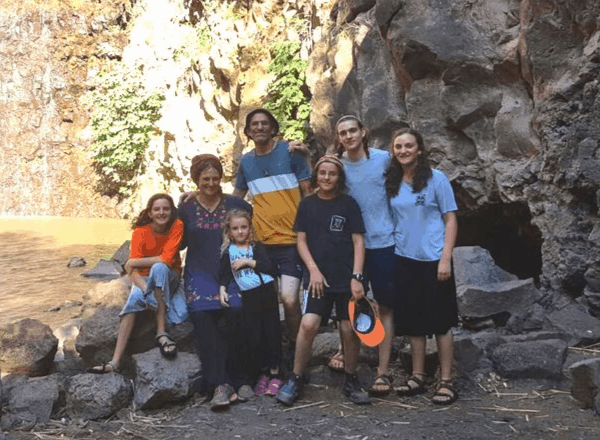
What keeps you so focused on Shiloh?
“My mission in everything I do is to connect people to the Holy Land and to bring visitors to Shiloh so they can understand its historical importance for the Jewish people.”
Besides speaking to groups of visitors, several years ago, Moriah opened a Bed and Breakfast for guests which allows them to spend more time getting to know the area.
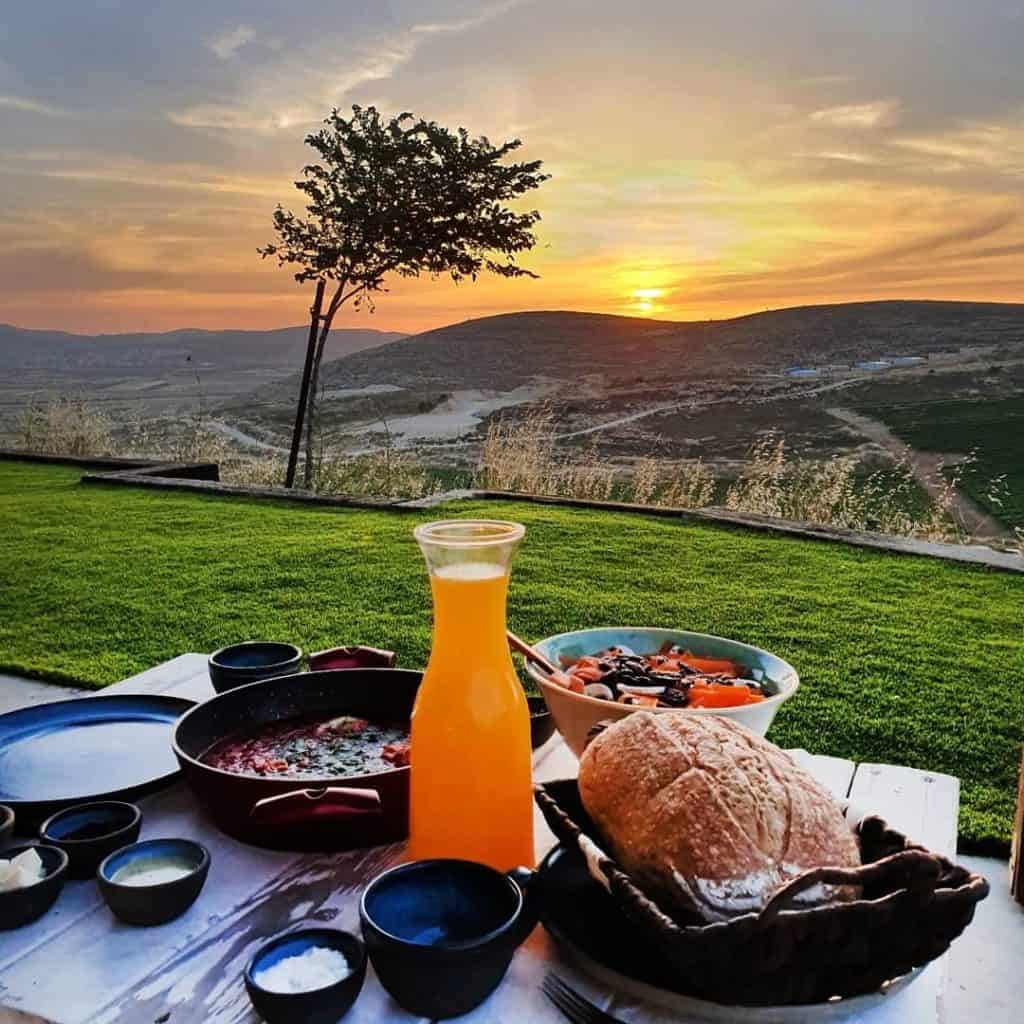
“It’s always exciting to see people who come here for the first time. It’s not the usual tourist spot and various anti-zionists do not consider it to be a part of Israel.” The cottage is in a neighborhood just outside Shiloh surrounded by beauty and nature. By offering them a place to stay, Moriah hoped to attract more people. And it has. It is occupied every Sabbath, winter and summer.
Tell me about some interesting visitors you have encountered.
“A Palestinian tour guide arrived one day with a mixed group of Palestinians, Israelis and other tour guides—all very left wing. They came to find proof that the Jews were using the archeological findings for their own purposes. I greeted them as I would greet any other visitors and offered to give them a tour of the area. At first, they rejected the tour; they asked only for an introduction. But as I finished the intro, they agreed to let me be their guide. I explained about the history of Shiloh and showed them how the Muslim areas had been built atop the Christian sections which had covered the original Jewish remains. I told them about my family and why they came here. At the end of the tour, one of the Palestinian tour guides said to me,
‘I know this is a sensitive subject and I shouldn’t say this but now I understand the connection of the Jewish people to this area…..’ ”
Indeed, many people take the tour and begin questioning the facts they had previously been told. There are many Jews and Christians who come here to pray standing in an area which looks down at where the Tabernacle once stood. The area, the difference between the two mountains, fits the exact descriptions and dimensions outlined at the end of the Book of Exodus “50 amahs by 100 amahs, north of the city…”
Life in Shiloh is a continuous discovery and Moriah’s efforts to instill her enthusiasm for the historical meaning of this ancient city succeeds in inspiring people of all nationalities. Last year alone, over 100,000 visitors came to Shiloh. But this is not enough for Moriah.
“Ancient Shiloh provides a glimpse of biblical life from over 3000 years ago. It explains who we are and why we are still here. I would love to see more visitors from Israel and from all over the world—people of all religions, sects and backgrounds.”
Moriah lives in Shiloh with her husband, Yonatan, and four children. Yonatan weaves his own direction in bringing the past into the future by trying to bring home lost tribes, especially the Pashtuns, who are believed to be descended from the tribe of Reuven.
If you would like to contact Moriah to reserve your vacation at her Bed and Breakfast, you can email her at: [email protected].
(Cina Coren has participated in writing this article.)[/vc_column_text][/vc_column][/vc_row]

